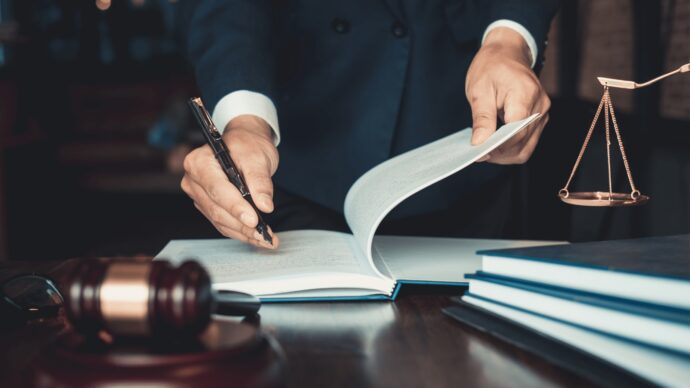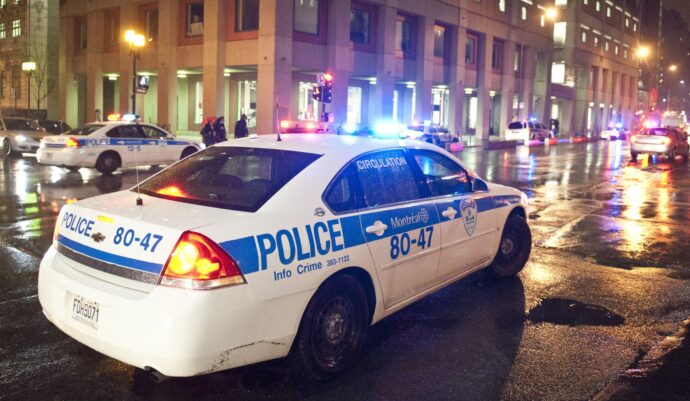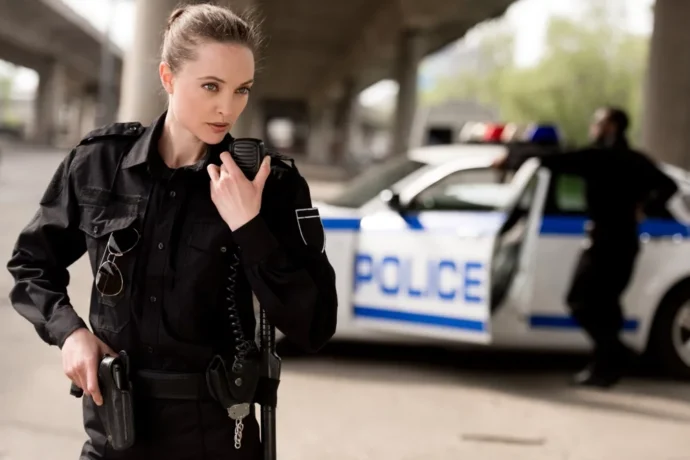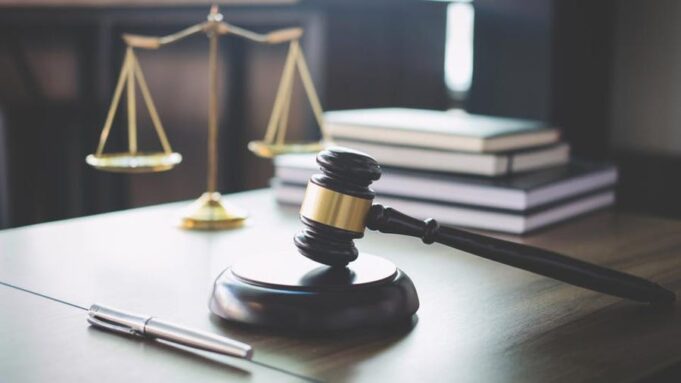If you happen to be unlucky enough to be in the wrong place at the wrong time and a criminal stabs you, then flees, you might find yourself lying on the ground, not yet feeling the pain, but cognizant enough to be asking yourself, can I sue someone for stabbing me? Say the experts at Stein Law, Florida injury lawyers, sadly many innocent people are violently attacked and stabbed on a daily basis.
Lots of these assaults occur on other people’s property, like a school campus, a shopping center, or the parking lot outside a bar. Here’s the deal: while the perpetrator of the stabbing is certainly responsible, the property owner might also be responsible since it’s up to them to provide a safe and secure environment for their guests and visitors.
The answer to the unfortunate stabbing victim lying on the ground is this: you can not only sue the perp, but you might be able to also sue the owner of the property you’re presently bleeding on.
So much for the legal side of things. But what about the physical portion of the attack? What exactly happens to you seconds after you’ve been stabbed? According to a recent article by the Huffington Post, in 2018 there were over 1,000 killings that involved stabbings in the U.S. alone. Thousands more were injured.
Violent attacks are only worsening in the climate of anti-police and weak sentencing by District Attorneys who see the attacker as the real victim. However, stop and frisk policies which were recently abandoned due to political pressures are now being revisited.
But what happens in the seconds, minutes, and even hours after a stabbing occurs? Can the victim expect someone to come to their aide?
The Huff Post created a special report in which they spoke to the first three persons a stabbing victim is likely to come into contact with soon after a violent attack. From the person who first calls 911 to the first law enforcement officer to the EMTs, the stories they tell represent a kind of military-drill-style operation that kicks in as soon as a stabbing victim is identified.
A Victim is Stabbed and the Seconds Following It

When a victim is identified by someone, a call is made to 911. The identifier speaks to an emergency medial advisor or EMA. Most EMAs never quite know what to expect when responding to these calls.
But when a call is received about a stabbing, the data is immediately logged into the command-and-control system. At the same time, the EMA will do her best to extract as many vital details as possible in terms of the attack so that the proper help can be sent.
Other professionals will be listening in on the call including a team of EMTs and paramedics, a clinician who will offer medical advice, and even a helicopter medical service if required.
The very first thing that’s asked about is the location of the stabbing. Once this is identified, the paramedic crew along with the police will be dispatched and quickly make their way to the crime scene.
Many questions will then be lobbed at the 911 callers: Is the victim still breathing? Is the victim conscious? How bad is the bleeding and has a lot of blood been lost? Is the knife still lodged in the body? Where is the bodily location of the stabbing?
A tremendous amount of multitasking is said to go on in a very short amount of time. From the moment the call is finished, it’s all “Go, go, go…”
But keep in mind, that gathering all the information that’s required can be difficult. Some people are shocked at the scene and can’t get themselves to speak and yet others will be hysterical. It’s the dispatcher’s job to calm these people down.
Minutes Later When the Police Arrive

The police are said to be the first emergency responders on the scene of a violent stabbing. The police are the first admit that they witness dreadful things, many of which are more traumatizing than a military battlefield.
It’s the police’s job not only to get a realistic grasp of the situation at hand, but also to calm things down to the point that the casualty can be given immediate assistance. One officer might begin to administer first aid while others will be responsible for moving bystanders back and out of the way.
However, not too far away since they will be considered legal witnesses. This means they will be called in for interviews to reveal what they saw.
Yellow plastic crime scene ribbon will be installed and if applicable, CCTV footage will be examined to see if there is a visual recording of the perp.
One officer described the first few minutes of a stabbing scene like trying to balance several spinning plates on sticks without any of them falling and shattering. People are screaming and shouting while a victim is fighting for their life.
The trip back to the station is also said to be hard on the nerves. Cops, who will be stained with someone else’s blood, will be asking themselves if they did enough to help the victim.
Or did they make things worse? The police will be walking on eggshells wondering if the victim survived the journey to the trauma center’s emergency room.
Minutes Later When the EMTs Arrive

When an EMS service receives a call about a knife attack, they are said to be trained to leap into action. An instant response leader will be placed in charge of managing the scene of the stabbing and will be assisted by an advanced EMT or paramedic.
The EMTs are highly trained so they don’t lose control no matter how chaotic or gruesome the crime scene. They are highly trained to remain clinical when it comes to assisting the bleeding victim.
They are said to be taught not to react emotionally to an emergency situation, but to think it through. Only then can they begin on taking the right course of medical action required to stabilize the victim.
An immediate medical assessment is made to determine if air is going in and out of the lungs and if enough blood is still flowing through the body. Their treatment is intended to not cause anymore physical damage to the already highly damaged body.
If the airway is blocked, the blockage must be removed. If breathing is occurring but not properly, it must then be managed. A stabbing will result in a hole or deep laceration which will be bleeding profusely. The bleeding must be stopped.
Once the victim is as stabilized as much as possible, he will be shipped at high-speed or even by air to the nearest major trauma centers. Paramedics will notify the medical center that they are underway. They will also assign a code to the victim’s condition which will inform the hospital of the severity of the situation.
It’s also likely a police officer will accompany the victim if they suddenly come around and are able to identify the perp.
Within an hour or so of the stabbing, the victim will undergo surgery for the stabbing. If all works out, the victim will be able to give a full statement to the police once they are stabilized. They can also speak with a personal injury attorney to be informed of their rights as a stabbing victim.















